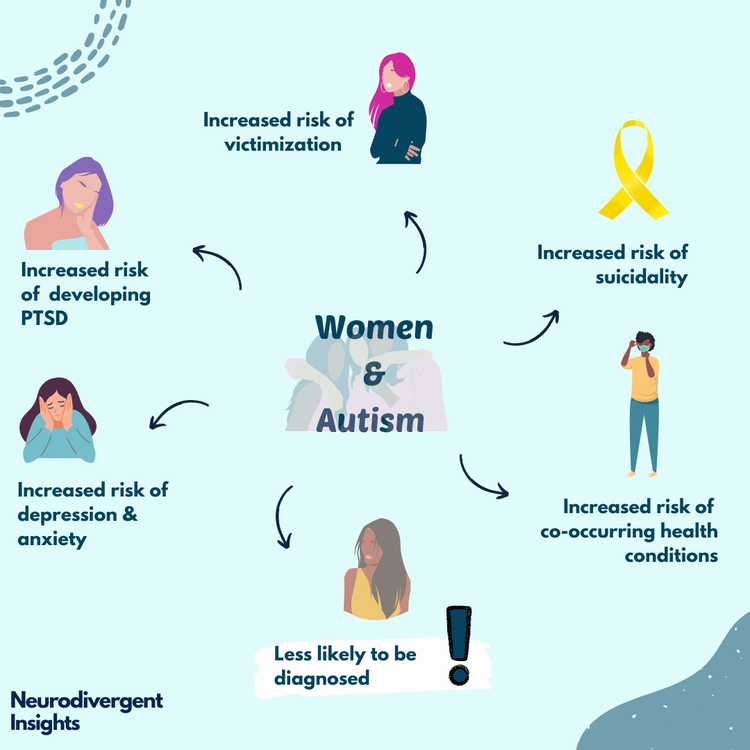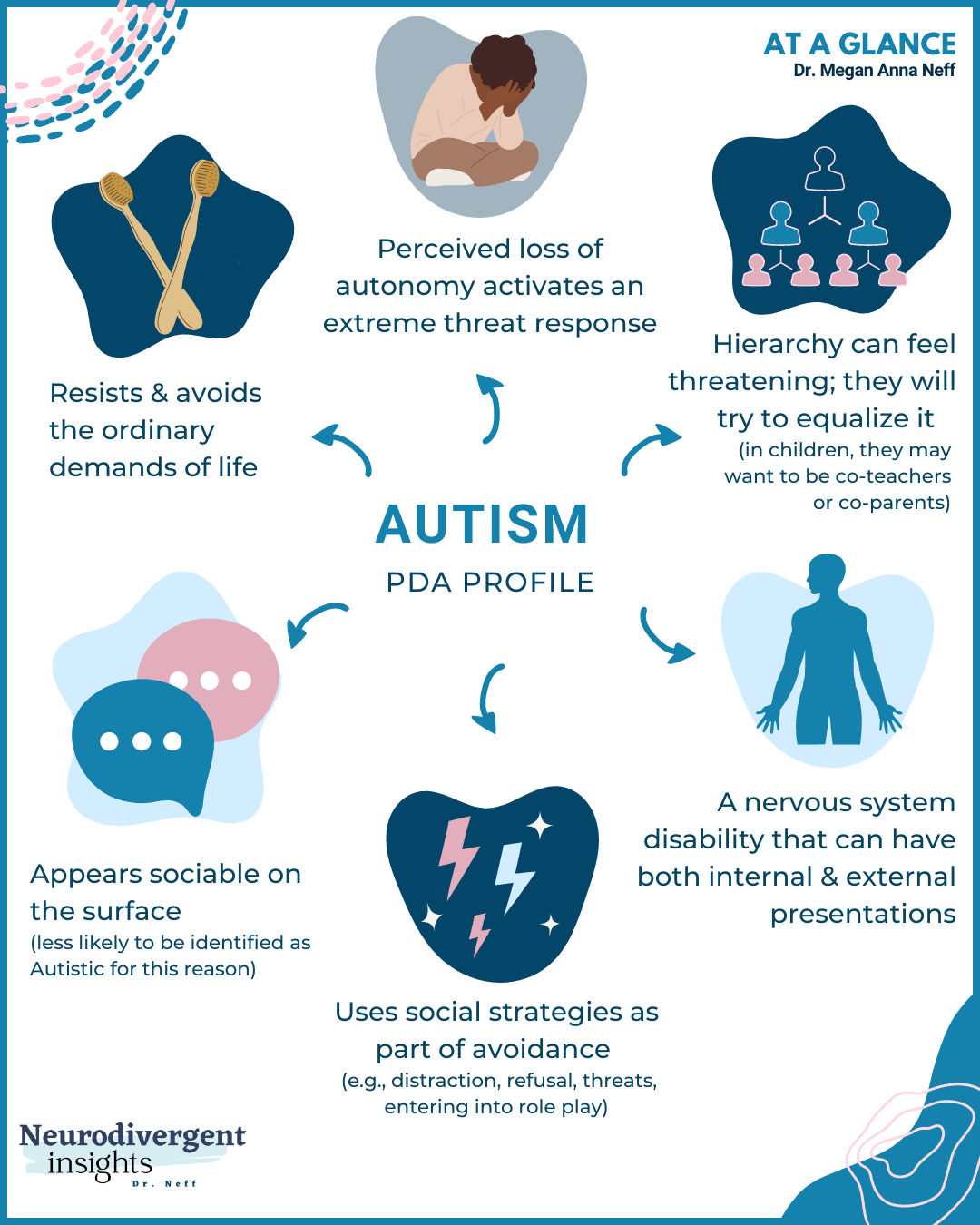The Significance of Household Support in the Journey with Autism
The Significance of Household Support in the Journey with Autism
Blog Article
Discovering Autism: Methods for Reliable Interaction and Communication
Reliable communication and communication with individuals on the autism spectrum require a comprehensive understanding of their special requirements and choices. Strategies such as utilizing clear language, making use of visual supports, and fostering regular routines can significantly improve engagement and lower anxiousness. Recognizing the relevance of non-verbal hints and shared rate of interests paves the means for meaningful links. The ins and outs of these approaches reveal more considerations that warrant exploration, especially in exactly how they can be adapted to individual experiences and diverse contexts. What might these adjustments resemble in practice?
Understanding Autism Spectrum Condition
Autism Spectrum Disorder (ASD) encompasses a range of neurodevelopmental conditions identified by obstacles in social interaction, communication, and recurring habits. The term "spectrum" reflects the varied manifestations and varying degrees of extent experienced by individuals with ASD. While some may show significant impairments, others might present high-functioning attributes, enabling better self-reliance in every day life.
The onset of ASD commonly occurs in very early childhood, with indications typically well-known by age 2. Early signs might include delayed speech advancement, minimal eye contact, and troubles in understanding social cues. The accurate etiology of ASD stays uncertain, research suggests a mix of genetic and environmental factors plays an essential role in its development.
As an outcome, interventions and assistance customized to specific demands are vital for fostering interaction and social abilities. Acknowledging the intricacy of ASD is vital for promoting awareness, acceptance, and reliable methods that facilitate significant communications with people on the spectrum.

Value of Clear Communication
Efficient communication is essential for promoting understanding and connection, specifically for individuals with Autism Spectrum Condition (ASD) Clear communication not just helps with social communications but likewise improves the person's ability to express their feelings, thoughts, and requirements. For individuals with ASD, the subtleties of language can usually be challenging; as a result, utilizing unambiguous and uncomplicated language is vital.
Additionally, clear interaction aids lower frustration and stress and anxiety that may occur from misconceptions. When messages are shared in a regular and straight fashion, people with ASD are much better equipped to analyze info accurately, which can substantially enhance their social interaction and engagement in numerous setups.
Establishing regimens and making use of aesthetic supports can better reinforce clear interaction. These strategies give individuals with predictable structures that assist understanding and retention of information. In addition, actively listening and being individual during communications promotes a supportive environment where individuals with ASD feel valued and comprehended.
Ultimately, focusing on clear interaction not only encourages individuals with ASD yet additionally fosters more significant connections with their peers, caretakers, and the larger community, leading the way for collective partnerships and comprehensive interactions. - autism
Non-Verbal Interaction Methods
Communication prolongs past words, and for people with Autism Spectrum Problem (ASD), non-verbal signs play a significant role in communications. Non-verbal interaction strategies can include faces, motions, body movement, and eye get in touch with, every one of which act as vital components for communicating intents and emotions.
Comprehending and analyzing these non-verbal signals can improve interactions with individuals with ASD. As an example, a warm smile or open position can produce a welcoming environment, urging engagement. Using aesthetic aids-- such as image cards or symbols-- can connect communication gaps and aid communicate messages more effectively.
It is also vital to pop over to these guys be mindful of personal space, as people with ASD may have different convenience levels pertaining to closeness. Observing their reactions to physical closeness can inform suitable adjustments.

Producing Encouraging Settings
Creating an encouraging setting is vital for fostering favorable communications and boosting the wellness of individuals with Autism Spectrum Problem (ASD) Such atmospheres can substantially minimize anxiousness and develop a feeling of security, enabling people to express themselves extra freely.
To attain this, it is necessary to take into consideration sensory sensitivities that individuals with ASD may experience. Modifying the physical area to include soft illumination, very little history sound, and comfy seating can develop a relaxing atmosphere. Furthermore, utilizing constant routines you could try this out and clear aesthetic timetables can aid individuals expect transitions and reduce uncertainty, more advertising comfort.
Social rooms should be structured to reduce frustrating stimuli while supplying opportunities for engagement in favored tasks. Helping with areas designated for quiet time can additionally work as a haven during minutes of tension. Significantly, incorporating aspects of choice empowers individuals, allowing them to exercise firm in their atmosphere.

Motivating Social Interactions
Cultivating social communications amongst people with Autism Range Problem (ASD) requires willful techniques that prioritize comfort and involvement. Developing predictable regimens can aid lower anxiousness, making social settings much more approachable. Developing organized atmospheres with specified duties and obligations allows individuals to engage without the overwhelming pressure of unstructured social characteristics.
Including passions and toughness right into social tasks can function as he said a catalyst for interaction. As an example, organizing group tasks around shared leisure activities or subjects of attraction can assist in all-natural discussions and links. Additionally, using visual supports, such as social manuscripts or photographic timetables, can aid in recognizing social signs and assumptions.
Designing proper social actions is vital - autism. Peers and grownups must demonstrate efficient communication techniques, consisting of energetic listening and turn-taking. Role-playing situations can additionally provide a safe space for individuals to exercise these abilities
Finally, fostering peer relationships with inclusive practices is vital. Motivating inclusive playdates or group getaways can develop opportunities for socializing in a comfy setup. By applying these caretakers, methods and instructors can considerably boost social interactions for individuals with ASD, promoting their overall social development and well-being.
Conclusion
In conclusion, effective interaction and interaction strategies are essential for supporting individuals with Autism Spectrum Condition. Ultimately, these approaches equip individuals with autism to browse social landscapes, advertising their general wellness and making it possible for the advancement of long-term partnerships.
Reliable interaction and interaction with individuals on the autism range require a detailed understanding of their unique requirements and choices. Clear interaction not just assists in social communications but additionally boosts the person's capacity to share their emotions, ideas, and needs.Promoting social interactions among individuals with Autism Range Condition (ASD) needs deliberate methods that prioritize convenience and involvement. By executing these approaches, caretakers and teachers can considerably boost social interactions for individuals with ASD, advertising their general social advancement and health.
In conclusion, efficient interaction and interaction approaches are necessary for sustaining people with Autism Range Disorder.
Report this page